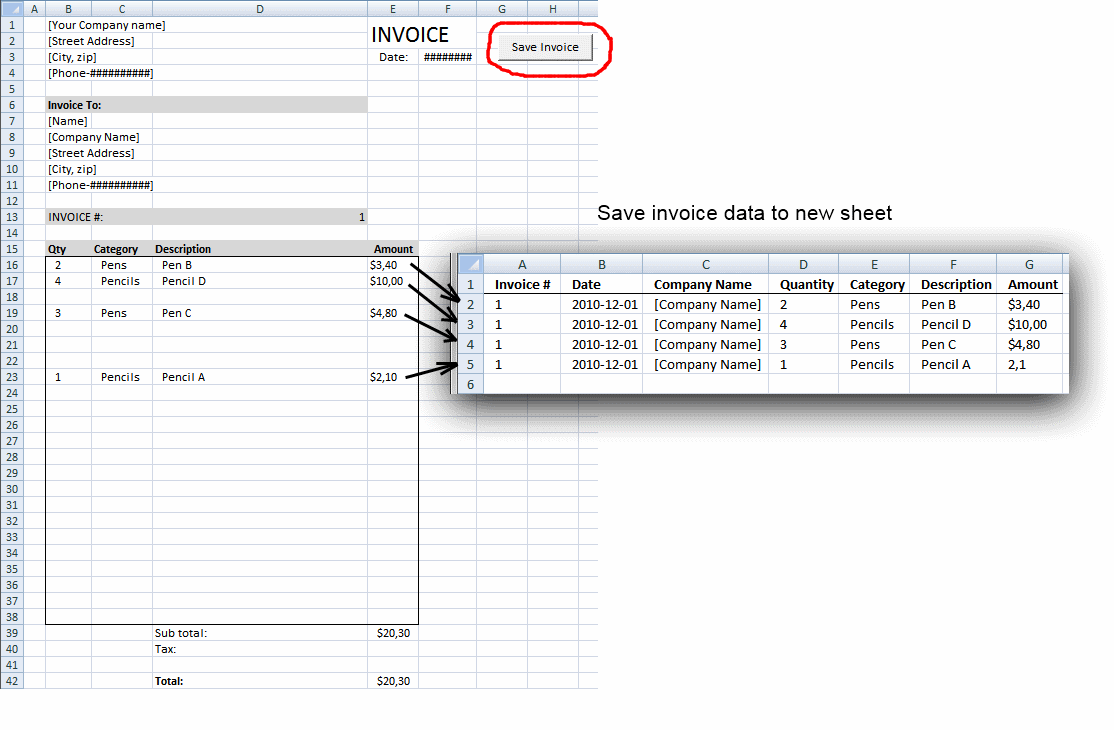'Invoice' category
Save invoice data – VBA
Table of contents Save invoice data - VBA Invoice template with dependent drop down lists Select and view invoice - […]
Table of contents Save invoice data - VBA Invoice template with dependent drop down lists Select and view invoice - […]
Excel formula categories
AverageChooseCombine MergeCompareConcatenateConditional FormattingCountCount valuesDatesDuplicatesExtractFilterFilter recordsFiltered valuesFilterxmlHyperlinkIf cellIndex MatchLogicLookupsMatchMaxMinNumbers in sumOR logicOverlappingPartial matchRecordsSequenceSmallSort bySort valuesSumSumifsSumproductString manipulationTimeUnique distinct recordsUnique distinct valuesUnique recordsUnique valuesVlookupVlookup return values
